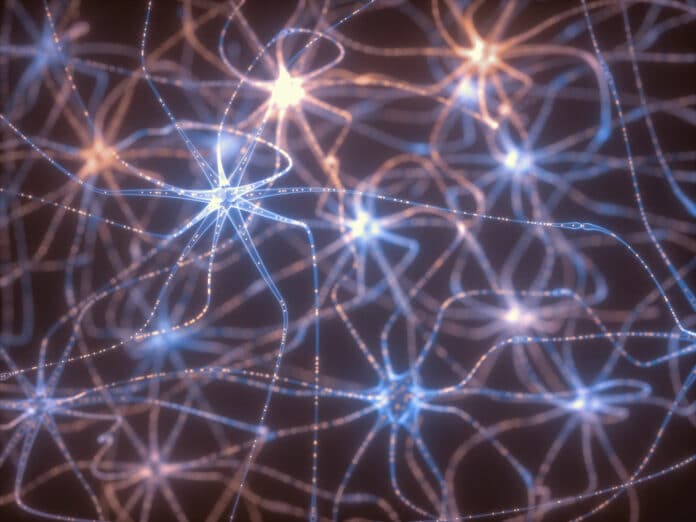Astrocytes are star-shaped cells found in the central nervous system called glial. They help control blood flow, and synaptic activity, keep neurons healthy, and play an essential role in breathing. Despite this increased understanding of astrocytes, much remains to learn about how these cells aid neurons and the brain in information processing.
A new study explores how astrocytes may be a key player in the brain’s ability to process external and internal information simultaneously.
Integrating external and internal information by our body is crucial to our survival. These processes may go wrong, leading to the development of behavioral or mental health disorders. According to Nathan Smith, MS, Ph.D., associate professor of Neuroscience at the Del Monte Institute for Neuroscience at the University of Rochester, and co-authors, there is proof that astrocytes might be crucial to this process.
Previous research has shown astrocytes sense the moment neurons send a message and can simultaneously sense sensory inputs. These external signals could come from various senses, such as sight or smell.
Astrocytes respond to this influx of information by modifying their calcium Ca2+ signaling directed towards neurons, providing them with the most suitable information to react to the stimuli.
Scientists noted, “This astrocytic Ca2+ signaling may be an underlying factor in how neurons communicate and what may happen when a signal is disrupted. But much is still unknown in how astrocytes and neuromodulators, the signals sent between neurons, work together.”
Smith said, “Astrocytes are an often-overlooked type of brain cell in systems neuroscience. We believe dysfunctional astrocytic calcium signaling could be an underlying factor in disorders characterized by disrupted sensory processing, like Alzheimer’s and an autism spectrum disorder.”
Besides taking up extra potassium, astrocytes may also lower potassium levels near the neuron, preventing neuronal activation. This study revealed, for the first time, that astrocytes might affect the actions of neurons in addition to simply tending to them.
Smith said, “I think once we understand how astrocytes integrate external information from these different internal states, we can better understand certain neurological diseases. Understanding their role more fully will help propel the future possibility of targeting astrocytes in neurological disease.”
More complex than previously believed, astrocytes and neurons communicate with one another. There is evidence that astrocytes can detect and respond to change, which is crucial for changing behavior and creating memories. According to the authors, learning more about astrocytes will help us comprehend how the brain works and pave the way for improvements in medical care and treatment.
Journal Reference:
Rune Nguyen Rasmussen, Antonis Asiminas et al. Astrocytes: integrators of arousal state and sensory context. Trends in Neurosciences. DOI: 10.1016/j.tins.2023.03.003
